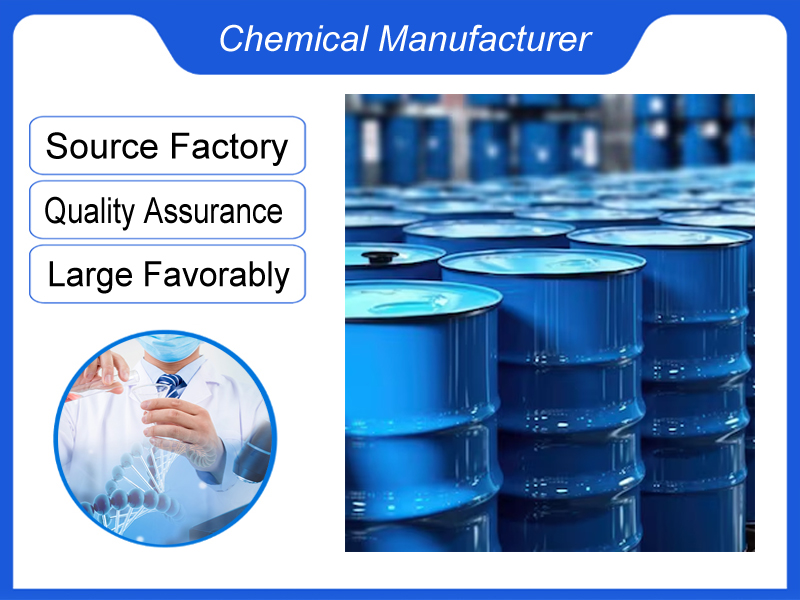
Liquid rheological additives 7420
We are a manufacturer based in China. We specialize in providing high-quality Liquid rheological additives 7420 for industrial clients across various sectors. Whether you need chemicals consultation or technical support, our team is here to help.
Category:Coating Additives Own Brand:MT /MOQ:100KG /From China/ B2B only.
Introduction
Introduction to Liquid Rheological Additive 7420
Liquid Rheological Additive 7420 is a high-performance additive designed to modify the flow and stability of liquid systems. It is widely used in coatings, adhesives, inks, and construction materials to enhance viscosity, sag resistance, and thixotropy.
Key Properties and Applications
| Property | Description |
|---|---|
| Appearance | Clear to slightly hazy liquid |
| Chemical Base | Non-ionic associative thickener |
| Solubility | Compatible with water and organic solvents |
| pH Stability | Effective in pH ranges of 4–12 |
| Viscosity Modification | Provides pseudoplastic or shear-thinning behavior |
| Thixotropy | Improves anti-settling and anti-sagging properties |
| Compatibility | Suitable for acrylic, PU, epoxy, and other polymer systems |
| Recommended Dosage | 0.1%–2.0% (varies by formulation) |
| Applications | Paints, adhesives, sealants, inks, and cementitious products |
Advantages
Enhances stability without affecting gloss or transparency.
Improves application properties (e.g., brushability, sprayability).
Redisperses easily under shear, ensuring consistent performance.
Typical Formulation Guidelines
| System | Dosage Range | Effect |
|---|---|---|
| Water-based coatings | 0.2%–1.5% | Improves viscosity and anti-sagging |
| Solvent-borne adhesives | 0.1%–1.0% | Enhances thixotropy and adhesion |
| Inks | 0.3%–1.2% | Prevents sedimentation and improves flow |
| Category | Details |
|---|---|
| Type | Pourable, pumpable, 100% active liquid rheological additive |
| Composition | Reaction product of active hydrogen compounds (e.g., polyols) and polycarboxylic acids/isocyanates |
| Key Mechanism | Operates via associative and reaction mechanisms to enhance system viscosity |
| Compatibility | Effective in non-aqueous systems (inks, epoxies, polyesters, paints, greases) and aqueous solutions |
| Application | – Cleaning products: Acidic household cleaners, toilet cleaners, glass/window cleaners, liquid detergents, fabric softeners |
| – Industrial uses: Coatings, adhesives, and sealants requiring thixotropy and anti-settling | |
| Advantages | – Thixotropic effect: Prevents particle sedimentation and improves storage stability |
| – pH stability: Functions across pH 0–13 without degradation | |
| – Surfactant compatibility: Works with cationic and other surfactants | |
| – Process efficiency: Easy to disperse, no need for pH adjustment during formulation | |
| Performance | Enhances viscosity, anti-sagging, and adhesion without compromising product clarity or gloss |
| Handling | Liquid form simplifies integration into production processes |
7420 Liquid rheological additives for emulsion and water diluting resin systems. It can form a high touch effect, and therefore improve the settlement and flow resistance. At the same time, it is also suitable for water-based color paste, and it can also be added after that.
chemical composition:
Modified urea solution
Typical materialized data
surface:Yellow liquid
density g/cm²:About 1.12
so l v e n t:N-methylpyrrolidone
Character istics and advantages of the coating industry:
After mixing and mixing into the waterborne coating system, the additives will establish a three-dimensional network structure. The formed tensile mobility can prevent settlement and improve the flow resistance without affecting the leveling. The liquid additives are easy to use without control of PH or temperature.
Recommended application:
7 42 0 It is very suitable for the prevention of water-based filling slurry and extinction slurry. Excellent shear and thinning performance is applicable here.
It is also suitable to control the touch degeneration flow behavior, which can improve the flow resistance and leveling performance.
If you're ready to take the next step, Leave your message below and we’ll reply soon. 20+ years of chemical manufacturing & export experience, a partner you can trust.





